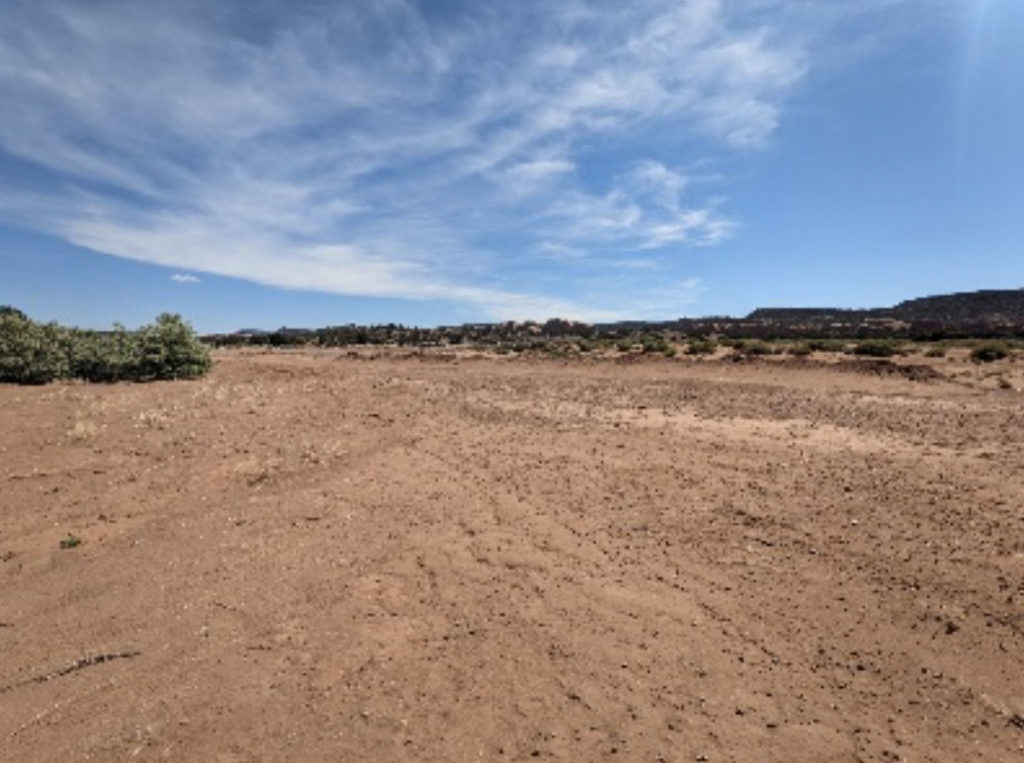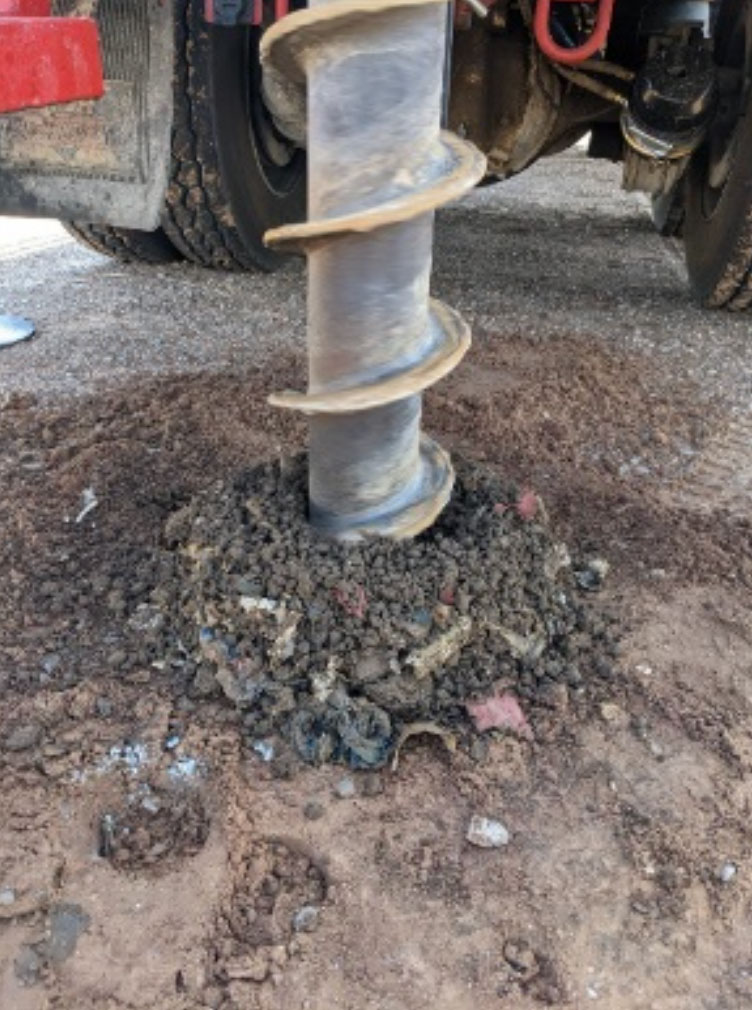Project: Phase I Environmental Site Assessment and Limited Subsurface Investigation
Identification of recognized environmental conditions allows for better planning and construction design. It is beneficial to research current and historical uses of a property. Identifying if those uses may impact soil or groundwater and could pose a risk to environment or human health allows developers and property owners to understand potential environmental liability associated with their projects. For this project, Ensolum conducted a Phase I Environmental Site Assessment and Limited Subsurface Investigation.
Project Characteristics:
Ensolum completed an American Society of Testing and Materials (ASTM) E1527-13 and US Environmental Protection Agency (EPA) “All appropriate Inquiries” compliant Phase I Environmental Site Assessment (ESA) for a land parcel in Navajo Nation Arizona, as part of due diligence to understand the comprehensive history of the Subject Property. Ensolum worked closely with the client to understand the goal and purpose of the project. Likewise, Ensolum maintained a balance with the project timeline and budget.
Ensolum conducted the Phase I ESA with the following main four main components as required by ASTM standard E1527-13 and AAI: Records Review, Site Reconnaissance, Interviews, and Summary Report. An Environmental Professional, as defined in 40 Code of Federal Regulations (CFR) Part 312.10, reviewed and issued the Phase I ESA.
Additionally, findings for the Phase I ESA included the identification of an on-site Recognized Environmental Condition (REC): a historical unpermitted landfill. Furthermore, off-site RECs included leaking underground storage tanks (LUST) in close proximity to the Subject Property.

Photo 1: Construction footprint
To further investigate the REC, Ensolum completed a Limited Subsurface Investigation (LSI). This was based on the condition that the buried waste was within the construction footprint of a planned development of a sports complex. The primary objectives of the LSI were to further define the nature and extent of the fill/refuse material and to estimate the volume of material that may need to be disposed of or addressed during construction.
Secondly, another objective was to evaluate the presence or absence of chemicals of concern (COCs). The chemicals may have resulted from the presence of the historical landfill. The COCs carry potential to impact subsurface soil and groundwater. The Subject Property is subject to regulatory oversight by the EPA. Therefore, COCs were compared to the EPA Residential Regional Screening Levels (RSLs).
Ensolum also installed soil borings utilizing a hollow stem auger drilling rig. This included continuous core bit and soil samples. Samples collected were based on photo-ionization detection (PID) screening or visual and/or olfactory evidence of impairment. Finally, a report was submitted to the client which included a written summary of findings and recommendations.
Visit our Past Projects Page to learn more about Ensolum’s previous projects.

Photo 2: Drill cuttings consisting of landfill material from the subsurface

